Vintage port is one of the classic wines alongside Bordeaux, Burgundy and champagne, but it is also the rarest. It is the very best wine of port houses and is only made in the very best years. Only three vintages per decade have been declared by the top port houses in the past 40 years.
Vintage port makes up of less than 2% of the port category but contributes to over 80% of the category’s visibility and publicity. To put this into context, the volume of declared vintage is only around 50% of a first-growth Bordeaux in the given vintage.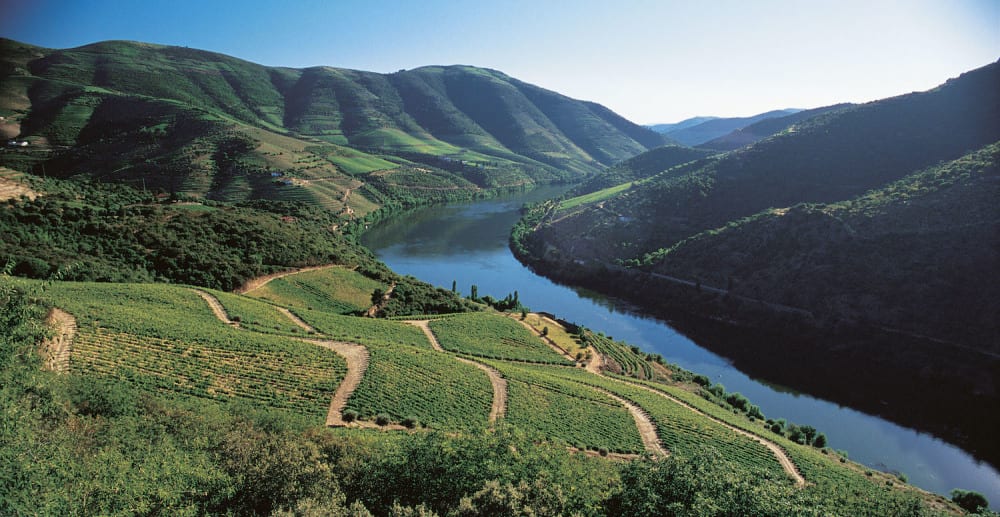
So it was with much fanfare that we tasted the 2017 declared vintage port organised by The Vintage Port Academy (VPA), an institution comprised of six top port houses: Croft, Dow’s, Fonseca, Graham’s, Taylor’s and Warre’s. VPA was established a decade ago to promote the appreciation and knowledge of vintage and premium port through workshops and tastings.
Nicolas Heath, one of the two founders of VPA, said that 2017 is classic “old school” vintage port, with depth, power, concentration and complexity thanks to the dry and warm to hot weather. Harvests started at the end of August, the earliest for a generation. The yield was low, but the quality of the wine is exceptional.
It is also the first time that two back-to-back vintages of port have been declared. The year 2016 is also a declared vintage, but it is very different from 2017. The growing season was much cooler, with a long ripening season. The wine produced is more poised and elegant. The purity and freshness of the 2016 vintage is completely opposite to the rich and intense 2017 vintage.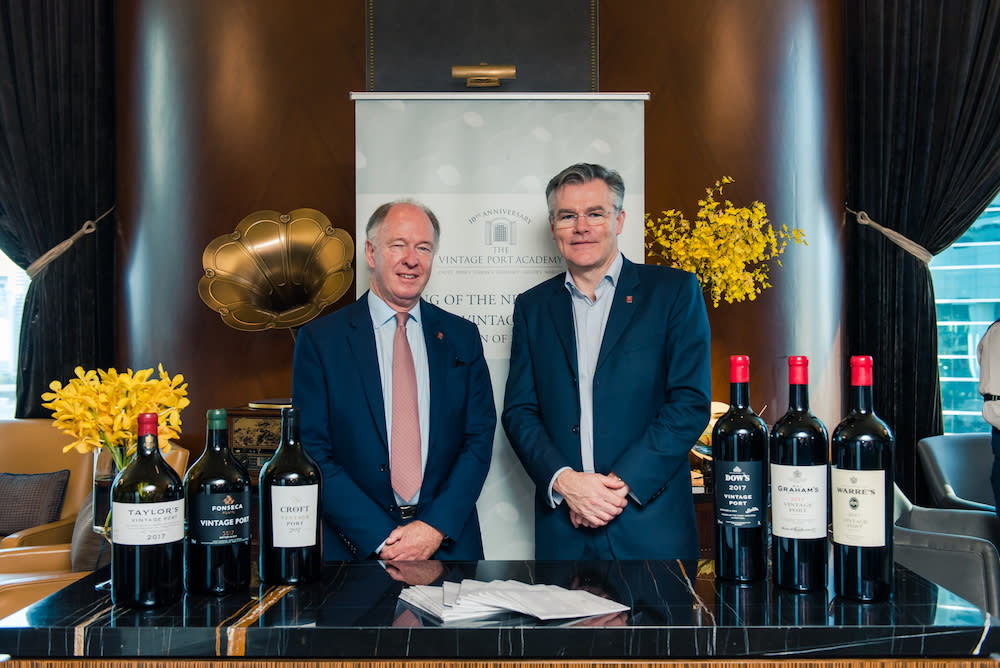
Euan Mackay, another co-founder of VPA, explained that producers were at first a bit reluctant to declare a 2017 vintage right after 2016, but the concern proved unnecessary. The year 2011 was the first declared vintage of the decade, and port lovers had to wait five years for another declared vintage. Vintage 2016 sold out in no time, and collectors who missed out are glad that 2017 is another great vintage. The two vintages are so distinctive that most connoisseurs would love to have both.
About port
Port is fortified wine produced in the Douro Valley of Portugal that has a long history. Its vineyards were demarcated back in 1756, nearly 100 years before the classification of Bordeaux in 1855. Fermentation is stopped midway by the addition of a colourless grape spirit to give the wine a high alcohol content (around 20%) and a natural sweetness. The around 30 native grape varieties that are permitted to make port have high acidity, so even though port is sweet, it has a fresh feel on the palate. The two major categories of port are “wood aged”, consisting of tawny, ruby and late-bottled vintage port (LBV, not to be confused with vintage port), and “bottle aged”, which is vintage port.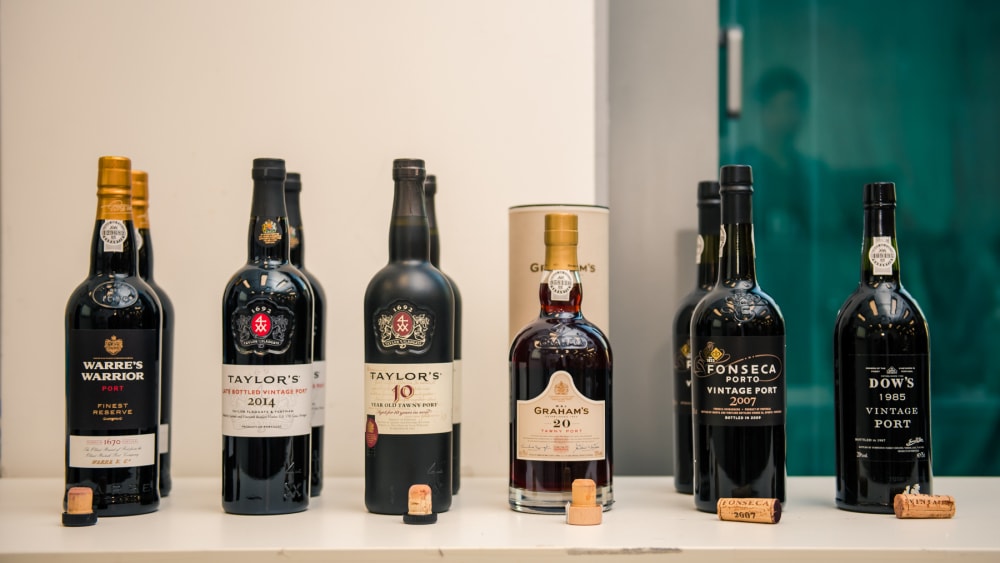
Unlike wood-aged port where wine spends significant time in wood casks before bottling and does not develop further once bottled, vintage port only spends two years in the barrel and is then bottled without filtration for further development. Parents often buy vintage port for their newborns – if they happen to be born in vintage years – as 18th birthday or wedding presents.
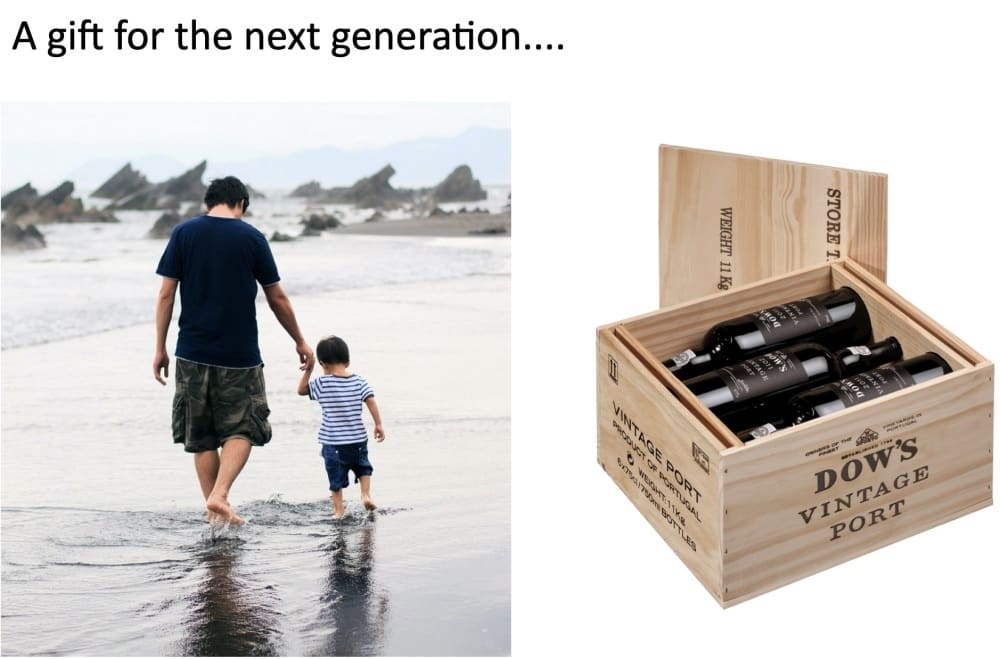
Port is normally enjoyed with dessert, cheese and cigars in the West, but in Asia, VPA also encourages wine lovers to pair port with strongly flavoured savoury dishes such as Shanghainese and northern Chinese cuisines with their exotic spices and slightly sweet flavours. The creative pairings are normally well received by sommeliers and wine lovers. Sweet-and-sour spare ribs (糖醋排骨) is just one of the many Chinese dishes that is perfect with vintage port.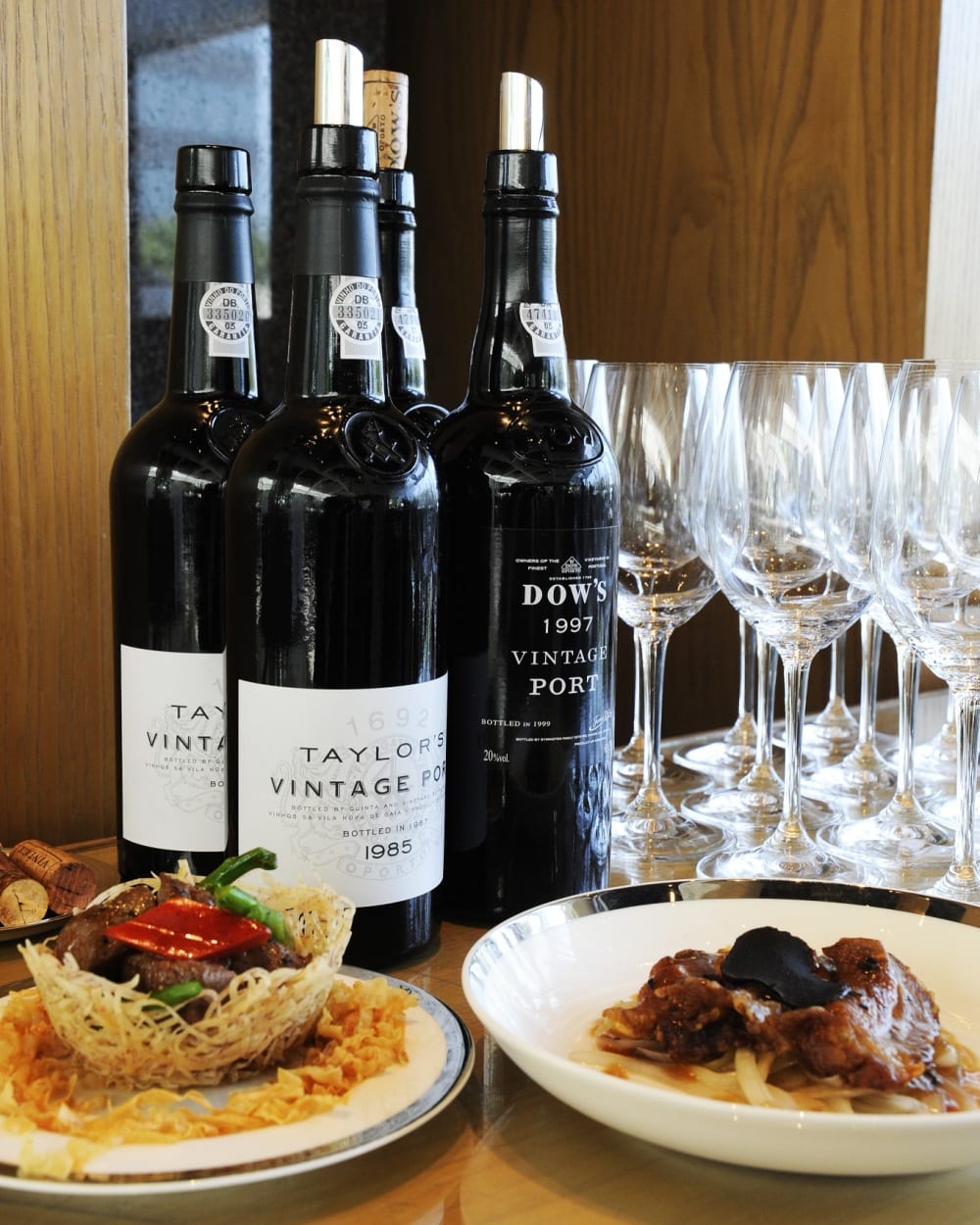
The members of The Vintage Port Academy are:
- Croft, available in Hong Kong at Jebsen Fine Wines
- Dow’s, available in Hong Kong at Wine Shop Asia
- Fonseca, available in Hong Kong at ASC Fine Wines
- Graham’s, available in Hong Kong at Fine Vintage (Far East) Ltd
- Taylor’s, available in Hong Kong at Jebsen Fine Wines
- Warre’s, available in Hong Kong at Watson’s Wine
For more wine articles like this, like Foodie on Facebook










